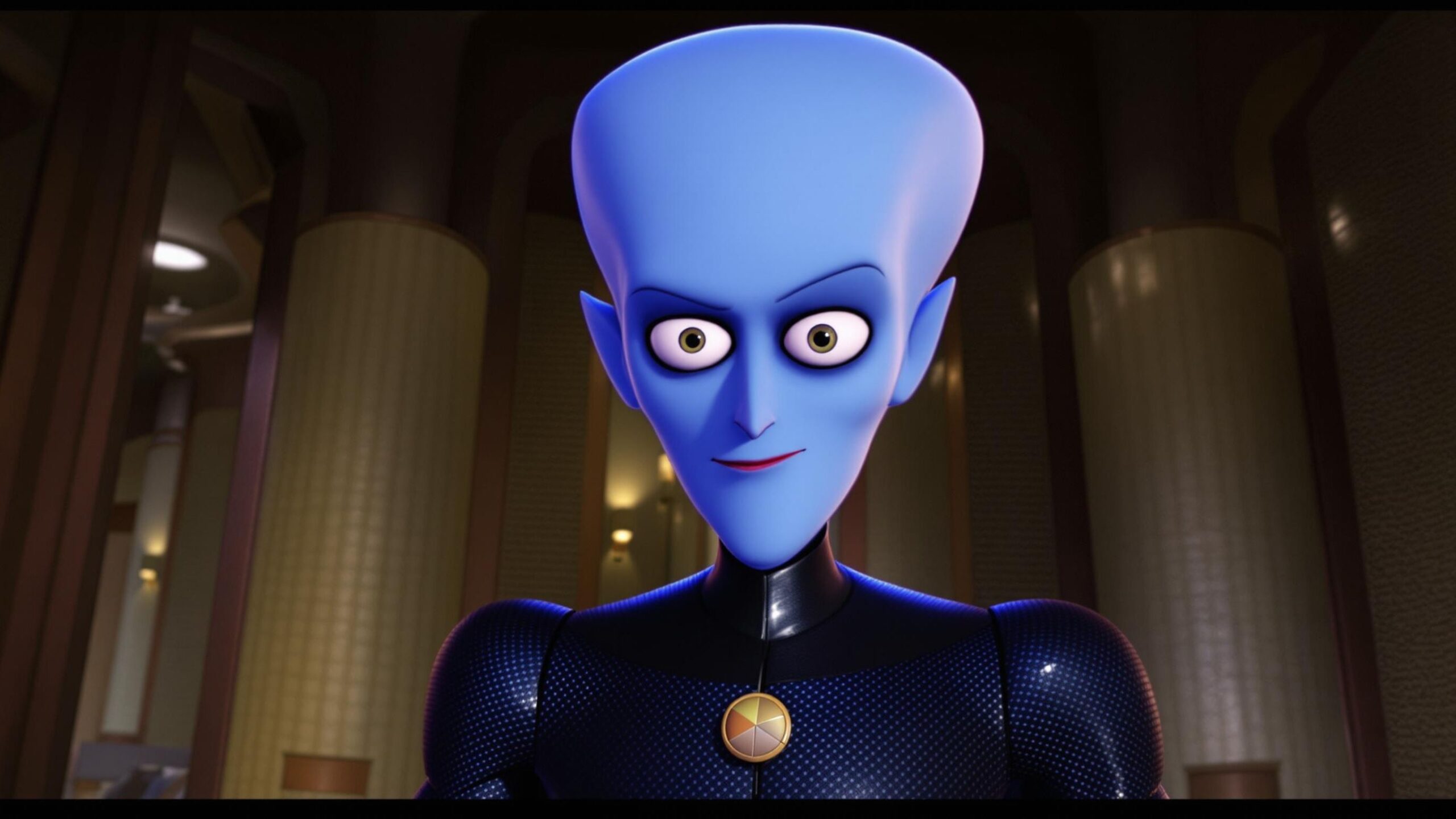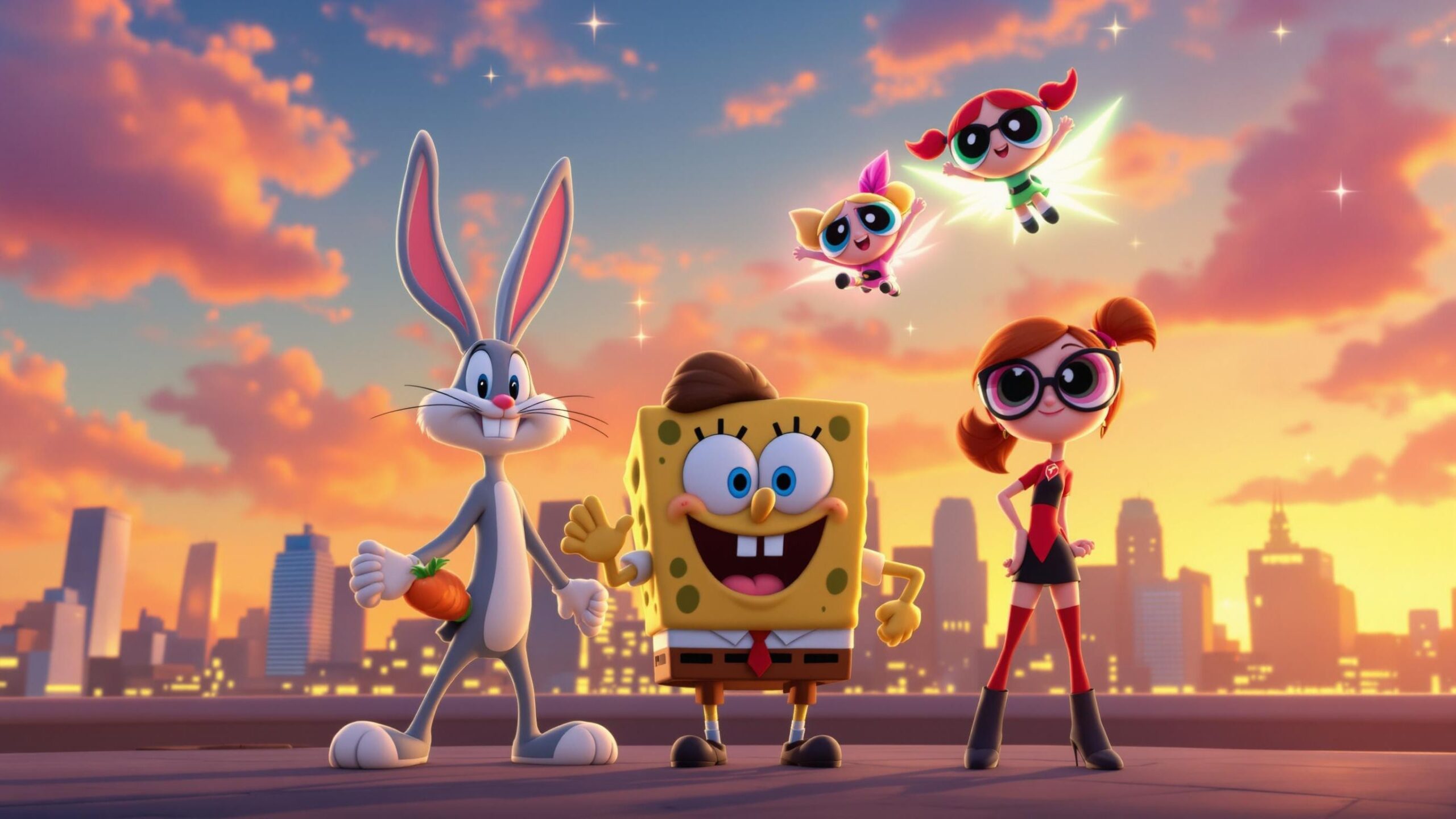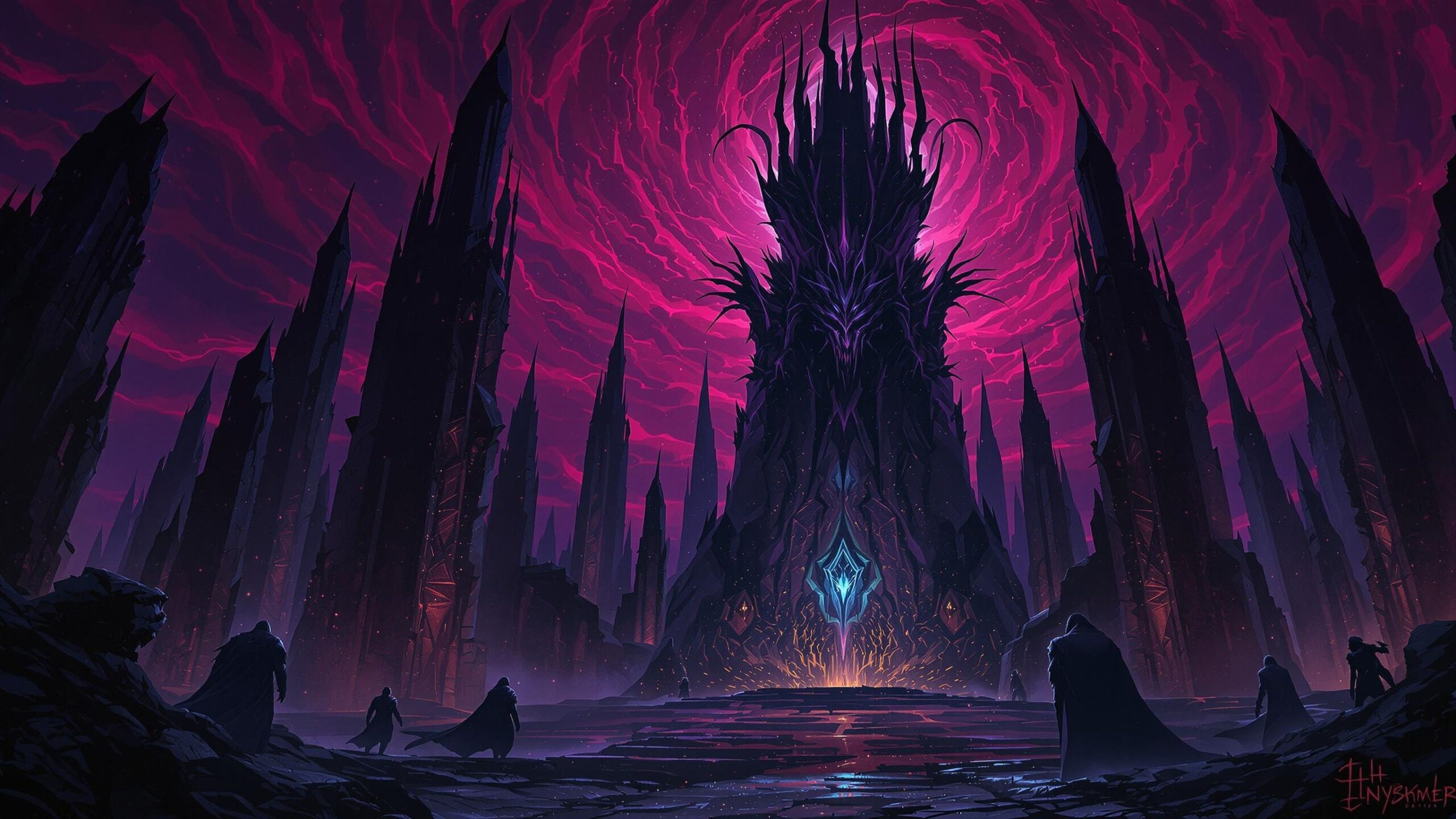In the world of animated superhero rivalries, few pairs are as entertaining—and oddly endearing—as Megamind and Metro Man. One is the self-proclaimed villain with a flair for the dramatic and a heart bigger than his ego. The other is the golden boy of Metro City, a flying, charming powerhouse with a jawline so sharp it could cut glass. Together, their rivalry is the beating heart of Megamind (2010), a subversive, hilarious, and emotionally rich film that turns the superhero genre on its spandex-clad head. These are the top 10 Megamind vs. Metro Man moments that absolutely stole the show.
#10: The Opening Montage
From the moment the film opens, the tone is set: dramatic, stylized, and wonderfully tongue-in-cheek. The childhood backstories of Megamind and Metro Man are told in a hilariously exaggerated montage that paints them as cosmic opposites. Metro Man lands in a wealthy household, adored and admired, while Megamind ends up in a prison, treated as an oddball from the start. This sequence isn’t just funny—it’s genius storytelling. It establishes their lifelong rivalry and sets up the central theme: what happens when you don’t get to be the hero? Their early clashes, shown through flashbacks and schoolyard antics, blend Looney Tunes energy with comic book grandeur. It’s a fantastic start that makes you root for both—and laugh at the absurdity of it all.
#9: The Statue Reveal
Megamind’s grand plan is to defeat Metro Man and finally take over Metro City. When he believes he’s succeeded in destroying his rival with a sun-powered death ray, he unveils a massive, ridiculous statue of himself replacing Metro Man’s iconic monument. What follows is a brilliant comedic moment that blends triumph with hollowness. Megamind finally gets what he always wanted… and realizes it doesn’t feel right. The contrast between his cackling villainy and the confused reactions of the citizens is priceless. And even without Metro Man physically in the scene, his presence is looming—both as a symbol and as a void that Megamind can’t quite fill.
#8: The Fake Death
Perhaps one of the most shocking and cleverly executed moments is Metro Man’s apparent death. The build-up is intense—Megamind’s death ray, the target locked, the dramatic countdown. Then—BOOM. Smoke. Silence. No Metro Man. The moment is played with over-the-top drama, but there’s a chilling finality to it. It’s the kind of twist that pulls the rug out from under the audience. For once, the villain wins. Or so it seems. This moment reshapes the entire movie, giving it the freedom to explore what happens when the “good guy” is gone, and the “bad guy” is left wondering what comes next.
#7: The Hero Lair Invasion
With Metro Man gone, Megamind sneaks into his old enemy’s fortress and starts turning it into his own lair. But what makes this moment stand out is how much it says about Megamind’s psyche. As he explores Metro Man’s abandoned base, it’s clear he doesn’t know what to do with victory. He fiddles with Metro Man’s gear, imitates his voice, and marvels at the technology. It’s a funny scene on the surface, but it carries emotional weight. Megamind never truly hated Metro Man—he needed him. Their rivalry was the only thing that gave him purpose, and now that it’s gone, so is his direction. The scene quietly hints at Megamind’s loneliness and admiration, and that complexity adds depth to their dynamic.
#6: The Concert Reveal
When Megamind begins to suspect that Metro Man may not actually be dead, he tracks him down to an abandoned observatory. What he finds is nothing short of iconic: Metro Man, alive and well… and playing guitar in a hippie outfit. This reveal is both hilarious and brilliant. It flips the superhero trope on its head. Metro Man didn’t die—he retired. He faked his death because he was tired of the pressure, the image, the expectations. He just wanted to be himself. It’s a moment that satirizes superhero mythology while also injecting a surprising amount of empathy. Metro Man isn’t perfect. He’s exhausted. And this confession turns him from a stereotype into a layered character.
#5: The “I Was Never a Hero” Speech
Following his dramatic reappearance, Metro Man delivers one of the most powerful monologues in the movie. He admits he was never truly interested in being a hero. He played the part because it was expected of him. This speech is incredibly meta—it unpacks the “chosen one” narrative and exposes its emotional cost. Metro Man’s vulnerability makes him human in a way that his flawless exterior never could. And it further complicates Megamind’s journey. If even Metro Man didn’t want the role, what does that say about heroism? This moment doesn’t just steal the show—it shifts its entire meaning.
#4: The Tape Trick
Early in the movie, during one of their many battles, Metro Man seems to zoom across the city at the speed of light, deflecting Megamind’s attacks with ease. But the best twist comes when Megamind plays the security footage back and realizes the truth—it was a decoy, a projected hologram of Metro Man on a loop. The real Metro Man had already made his choice to disappear. It’s a brilliant bit of foreshadowing and a hidden gem of a clue that rewards sharp viewers. It’s also one of the most meme-worthy moments in the film and a perfect example of how Megamind plays with expectations.
#3: The Battle of the Fake Hero
With Metro Man gone, Megamind creates a new “hero” to fight: Titan (formerly Hal), but things quickly spiral out of control. Titan is reckless, selfish, and dangerous—everything Metro Man never was. Watching Megamind struggle to stop the monster he created is both poetic and tragic. The moment forces him to step into the hero’s shoes, literally and figuratively. The ghost of Metro Man looms large here, and you can feel the shift—Megamind isn’t just battling Titan. He’s battling his own image of what a hero and a villain are supposed to be.
#2: The Megamind vs. Metro Man Face-Off (Revisited)
In a moment that fans had been waiting for, Metro Man reappears during the final showdown—only it’s not to fight. It’s to inspire. He urges Megamind to be the hero, to stop Titan, to take control of his own story. This scene is packed with emotion and symbolism. The ultimate rival, the one Megamind obsessed over for years, is now telling him: You’re better than you think. It’s not a flashy battle—but it’s one of the most satisfying and transformative moments in the film.
#1: The Final “I’m the Good Guy” Moment
After defeating Titan and saving the city, Megamind is greeted by cheers, applause, and a city that finally sees him for who he truly is. He looks up at the statue once reserved for Metro Man—now rebuilt in his own image—and smiles. “Looks like we’re going to have to change the name of Metro City,” someone jokes. And for the first time, Megamind isn’t pretending. He’s not playing a role. He is the good guy. This final beat isn’t just a win for Megamind—it’s a redefinition of everything the movie stood for. And in that moment, Metro Man’s legacy lives on not through heroics, but through transformation.




